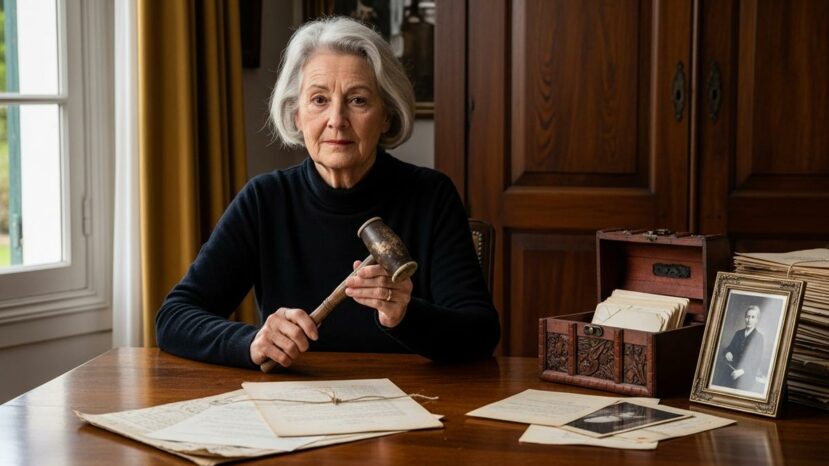The jewels of Sissi and the Habsburgs reappear after 100 years, hidden in a sealed case

Forgotten chests, fragmentary inventories, family memories. The story of the
A family saga of pomp and peril
At the palace, protocol governed the splendor of every appearance. Thus, the jewels of Sissi and the Habsburgs symbolized power and dynastic continuity. After Sissi’s assassination in
The fall of the Empire in 1918 turned everything upside down. What’s more, the division of the estate gave rise to disputes and shortfalls. The jewels of Sissi and the Habsburgs found themselves at the heart of private and public issues. Some pieces left Vienna, others remained unseen.
From Vienna to the private vault: the long cover-up
Eyewitness accounts point to foreign deposits and well-guarded vaults. For almost 100 years, these jewels remained out of the public eye. The jewels of Sissi and the Habsburgs would have circulated to the rhythm of exiles and inheritances. Traces exist, but they remain patchy.
“Jewels don’t just tell of pomp: they tell of flight, loss and memory.”
Winterhalter’s portraits nevertheless set iconographic benchmarks. The famous hair stars have become a signature. The jewelry of Sissi and the Habsburgs can be read like a visual language. They encode rank, modesty and the image of an elusive sovereign.
Viennese workshops, including Köchert, shaped this grammar of brilliance. Each brooch, aigrette or necklace had its own purpose. The jewels of Sissi and the Habsburgs were a combination of inheritances, commissions and diplomatic gifts. Their history sheds light on a changing Europe.
- Period portraits serve as useful visual evidence.
- Post-imperial inventories remain partial and controversial.
- Private vaults have kept coins for decades.
- Public sales sometimes show incomplete provenance.
- Experts cross-check archives, photos and workshop marks.
Object stories: diamonds, pearls and intimate relics
Among the phantom pieces, one name is often mentioned: the Florentine. This yellow diamond, described in ancient sources, is said to have disappeared after 1918. The jewels of Sissi and the Habsburgs include this mineral legend with an uncertain destiny. Yet other gems occasionally reappear at auction.
Star-shaped pins remain the most iconic. Their simple yet precise design magnified Sissi’s hair. The jewelry of Sissi and the Habsburgs blended romantic style with courtly rigor. Each star marked a ritual, an evening, a photograph.
Multiple strings of pearls convey intimacy and restraint. In contrast, aigrettes and tiaras asserted political presence. The jewels of Sissi and the Habsburgs created a visual relief according to the event. They combined ornament and image strategy.
Who owned what? Archives, sales and grey areas
Official post-Empire inventories provide a minimal framework. However, they do not exhaust private transmissions or donations. The jewels of Sissi and the Habsburgs appear in bits and pieces, according to the files. A history to be completed, piece by piece.
Auctioneers publish catalogs that are sometimes precise, sometimes laconic. What’s more, provenance can be lost in the course of succession. The jewels of Sissi and the Habsburgs require patient matching. Workshop marks, period photos and receipts enable cautious attributions.
Why this story still fascinates
Beyond prestige, there’s emotion. Each return of an object is like a fragment of a biography rediscovered. The jewels of Sissi and the Habsburgs bring together melancholy, politics and the art of jewelry-making. This sensitive charge explains the lasting media attention.
The figure of Sissi amplifies this narrative magnetism. However, the jewelers and craftsmen also deserve light and respect. We read in their settings the precise, measured craftsmanship of the period. The gesture shapes the memory, as much as the stone.
Historians move forward step by step, methodically. As a result, each new source changes the balance of the story. The jewels of Sissi and the Habsburgs will continue to follow unforeseen paths. In short, the vaults speak slowly, but they speak.





No comments
Post a comment
Always participate in accordance with the law and with respect for others.